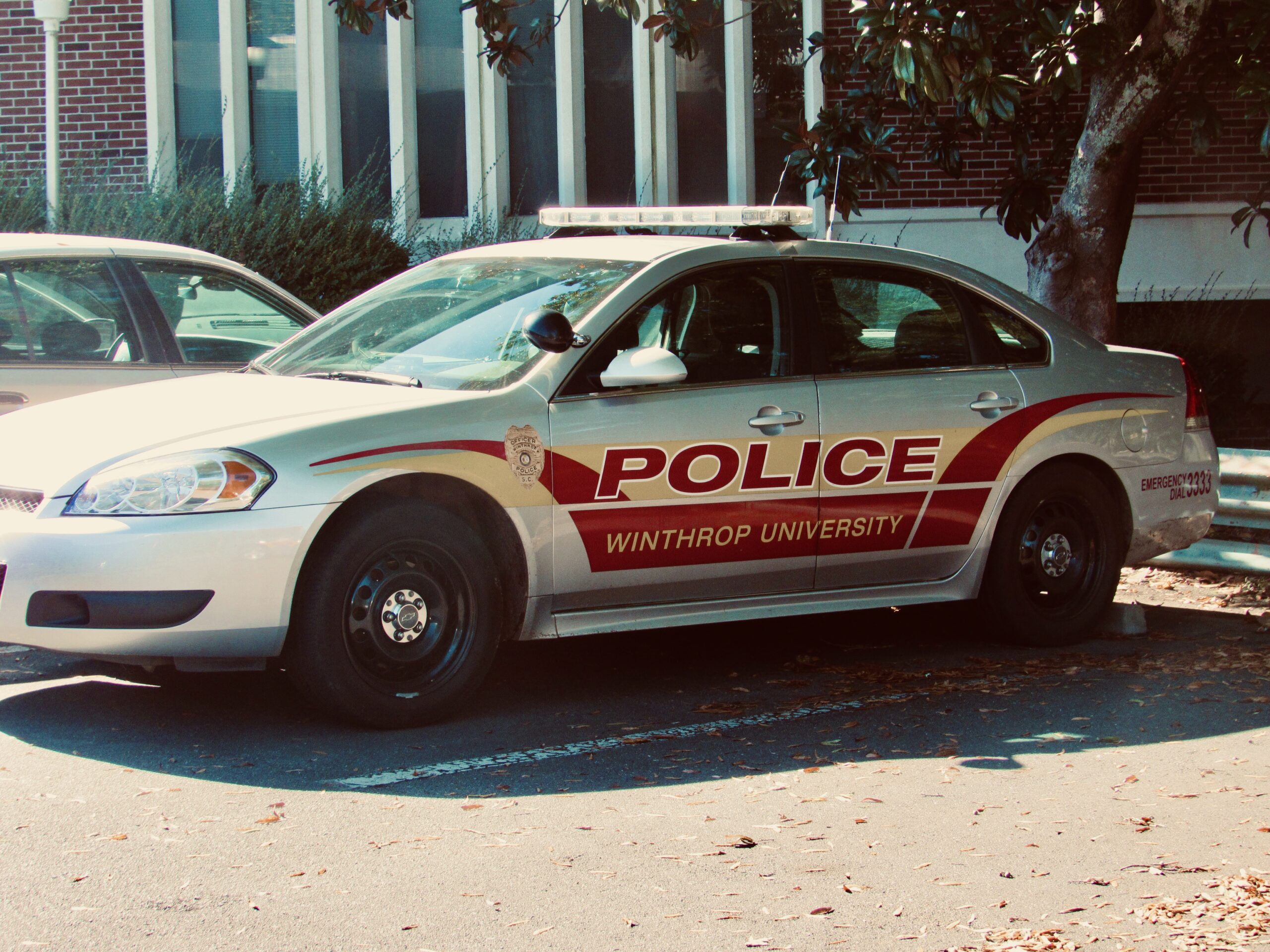Unconscious bias training is designed to expose any implicit biases within a setting, to challenge how the people involved think, and to ultimately eliminate any potential discrimination.
Unconscious bias training has been used in settings such as office buildings, schools, and medical offices. The goal of these exercises is to ultimately erase any prejudices (race, gender, sexuality, religion, disability, etc.) that employees may have. However, the COVID-19 pandemic has impacted how businesses and schools are handling discrimination.
It is important for schools and the workplace to try eliminating any biases that may be lurking unchecked. Age, race, religion or any other category used to divide people does not determine their ability to work or learn, but unfortunately one’s reputation can be hinged upon their identity. In many cases, qualified individuals of color may be passed up for a job because someone less qualified of a different race applied.
With virtual learning, teachers in particular are at an interesting point in bias training. Students of different ethnicities or students with “ethnic” sounding names may be discriminated against in a traditional school setting. Microaggressions based on a student’s identity can be delivered by students and teachers alike, leading to ostracization and bullying. With virtual learning, these realities have both improved and regressed.
In a traditional classroom, teachers can physically see their students and associate a face with the work being produced. During virtual learning, however, everything is based on Internet connection and attending Zoom meetings. This discriminates against students who may not be able to afford Internet access, or students without a steady place to work. Racially, teachers can discriminate against the name that they see attached to any work submitted.
Because these teachers cannot meet their students face to face, their own opinions cannot be formed. Everything is assumed based on information gathered from Zoom meetings and Blackboard submissions. Certain names may cause teachers to assume that a student is of a certain race/gender. Any biases the teacher holds against these groups may cause unfair grading.
In the workplace, employers can make these same assumptions. If someone holds prejudice against Latinx employees, for example, they may be less likely to hire someone with a surname they perceive to be of Latinx origin. Someone with a name that strongly reflects their ethnic or religious background may be faced with stereotypes of how these groups perform in the workplace.
Bias training is something that is necessary for the modern workplace, especially in such a diverse nation as the United States. In an era of social justice and equity, it is imperative that employers teach their employees how to address and correct any bias they may see or personally hold. It not only creates a more inclusive workplace environment, but it gives employees life skills to carry on throughout their career.
Prejudice is something that is, quite frankly, outdated. In today’s world, there is no room for racism and xenophobia. Today’s workplace focuses on collaboration and innovation – even in the middle of a pandemic. How would discriminatory behavior coincide with these values?
Photo by Emma Crouch




